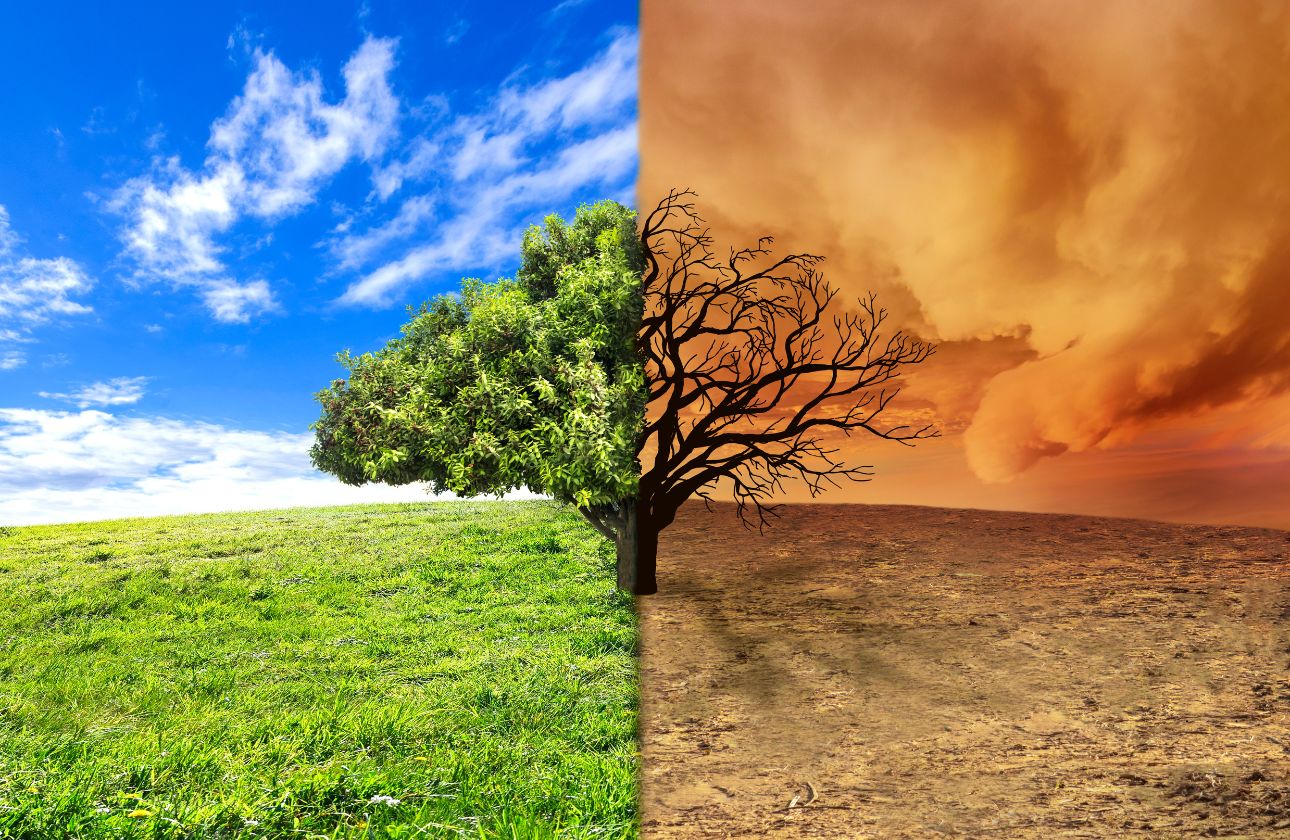Understanding Climate Change
Climate change is one of the most pressing challenges of our time, affecting ecosystems, economies, and human health worldwide. As global temperatures rise and extreme weather events become more frequent, the urgency for climate action has never been greater. Governments, businesses, and individuals must work collectively to mitigate climate change and adapt to its impacts. In this blog, we explore the significance of climate action and the measures being taken on a global scale to combat this crisis.
The Current State of Climate Change
Scientific research has consistently shown that human activities, particularly the burning of fossil fuels, deforestation, and industrial emissions, contribute significantly to climate change. Key indicators of climate change include:
-
Rising global temperatures: The Earth's average temperature has increased by more than 1°C since pre-industrial times.
-
Melting ice caps and rising sea levels: Polar ice caps and glaciers are shrinking, leading to higher sea levels and increased coastal flooding.
-
Extreme weather events: Hurricanes, heatwaves, wildfires, and heavy rainfall events are becoming more intense and frequent.
-
Biodiversity loss: Many species are at risk due to changing habitats and climate conditions.
The Need for Climate Action
Climate action is essential to prevent irreversible damage to our planet. Some of the key reasons why immediate action is necessary include:
-
Protecting ecosystems: Forests, oceans, and wildlife play a crucial role in maintaining environmental balance.
-
Ensuring food and water security: Climate change affects agricultural productivity and water availability.
-
Reducing economic losses: Natural disasters caused by climate change result in billions of dollars in damages each year.
-
Improving public health: Air pollution and extreme heat contribute to respiratory diseases and other health issues.
Global Climate Action Initiatives
1. The Paris Agreement
The Paris Agreement, adopted in 2015, is a landmark international treaty aimed at limiting global warming to well below 2°C above pre-industrial levels, with efforts to keep it at 1.5°C. Countries submit their Nationally Determined Contributions (NDCs) outlining their climate action plans.
2. Renewable Energy Transition
Many countries are shifting toward renewable energy sources such as wind, solar, and hydroelectric power. Investments in clean energy technologies are essential for reducing greenhouse gas emissions.
3. Carbon Neutrality Goals
Nations and corporations are committing to achieving net-zero emissions by mid-century. Strategies include carbon pricing, emissions trading schemes, and reforestation projects.
4. Sustainable Practices in Industries
Industries are adopting greener practices, including sustainable supply chains, energy efficiency measures, and waste reduction efforts.
5. Climate Adaptation Strategies
Beyond mitigation, adaptation strategies such as climate-resilient infrastructure, sustainable agriculture, and disaster preparedness are critical for minimizing climate change impacts.
Individual Actions for Climate Change
Every individual has a role to play in combating climate change. Some impactful actions include:
-
Reducing energy consumption and using energy-efficient appliances.
-
Supporting sustainable transportation options such as biking, walking, or electric vehicles.
-
Reducing waste by recycling and composting.
-
Advocating for climate policies and supporting organizations dedicated to environmental conservation.
The growing importance of climate action is evident as nations and individuals recognize the urgent need for change. Addressing climate change requires collective effort, innovation, and commitment from all sectors of society. By taking action today, we can protect the planet for future generations and create a more sustainable world.




Comments (0)